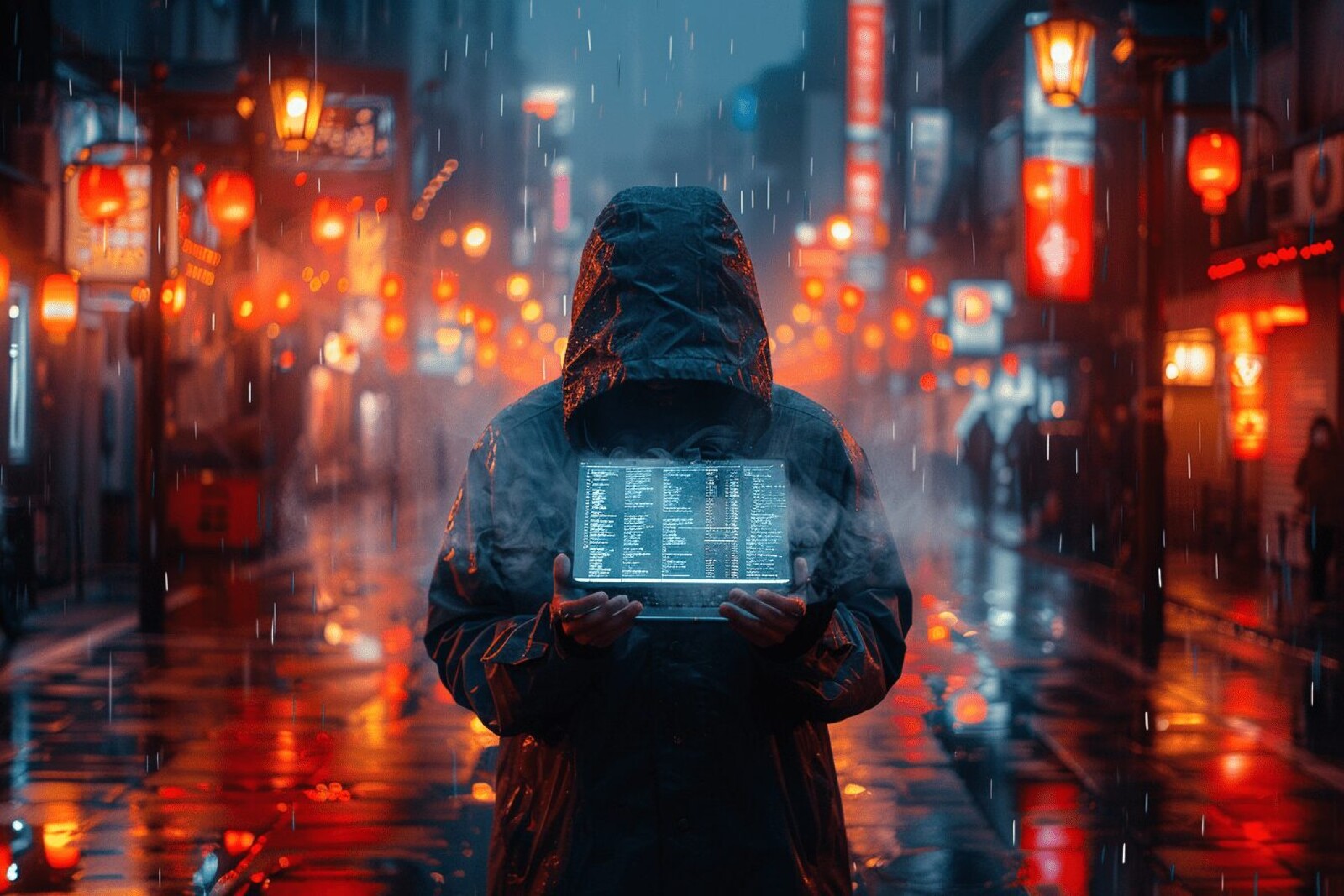
Jordan Bitman
How to Create Your Own NFT: A Step-by-Step Guide

Creating your own NFT is an exciting way to showcase your digital art, music, videos, or other creative works. With the right tools and platforms, you can mint your own NFTs and sell them on various marketplaces. Here’s a step-by-step guide to creating your own NFT.
Step 1: Conceptualize Your Digital Artwork
Before you start the technical process, conceptualize your digital artwork. Decide on the theme, style, and message you want to convey. This is a crucial step as the uniqueness and appeal of your concept will influence the value of your NFT.
Step 2: Create Your Digital Artwork
Once you have a concept, create your digital artwork using graphic design software or other digital tools. Popular software options include Adobe Photoshop, Illustrator, and Procreate for digital paintings, Blender for 3D modeling, and various animation tools for motion graphics.
Ensure your digital file is of high quality and in a format supported by NFT platforms, such as PNG, JPEG, GIF, MP4, or WAV.
Step 3: Choose an NFT Platform
Choose a platform to mint your NFT. Each platform has its features, costs, and audiences. Here are a few popular options:
OpenSea: A user-friendly platform that supports a wide range of NFTs, including art, collectibles, and virtual real estate.
Rarible: A decentralized marketplace that allows creators to mint and sell their NFTs with customizable royalty settings.
Foundation: An invite-only platform known for high-quality digital art and a strong artist community.
Step 4: Set Up a Digital Wallet
Set up a digital wallet compatible with the chosen NFT platform. This wallet will store your NFTs and any cryptocurrency used for transactions. Popular wallets include MetaMask, Trust Wallet, and Coinbase Wallet.
Ensure your wallet is funded with cryptocurrency (typically Ethereum) to cover minting fees.
Step 5: Mint Your NFT
Minting your NFT involves converting your digital artwork into a blockchain asset. Here’s how to do it:
Connect Your Wallet: Connect your digital wallet to the chosen NFT platform.
Upload Your Artwork: Upload the digital file to the platform.
Add Metadata: Include details about the NFT, such as title, description, and any special attributes. This information is crucial for identifying and valuing your NFT.
Set Royalties: Specify the royalty percentage you want to receive from secondary sales. This ensures ongoing income whenever your NFT is resold.
Mint the NFT: Pay the minting fee to create the NFT on the blockchain. This process records the NFT as a unique asset, making it verifiable and tradeable.
Step 6: List Your NFT for Sale
After minting, list your NFT for sale on the marketplace. You can set a fixed price or choose an auction format. Provide a compelling description and high-quality visuals to attract potential buyers.
Step 7: Promote Your NFT
Promotion is key to selling your NFT. Use social media, online communities, and collaborations to showcase your work. Engage with potential buyers and build a following to increase interest in your NFTs.
Step 8: Manage Your Sales and Royalties
Once your NFT is sold, manage your sales and royalties through the platform. Monitor the performance of your NFTs, track secondary sales, and ensure you receive the royalties from resales.
Tools and Resources for NFT Creation
Here are some additional tools and resources to help you create and manage your NFTs:
Graphic Design Software: Adobe Photoshop, Illustrator, Procreate, Blender.
Animation Tools: After Effects, Spine, Unity.
Digital Wallets: MetaMask, Trust Wallet, Coinbase Wallet.
NFT Marketplaces: OpenSea, Rarible, Foundation, SuperRare.
The Future of NFT Creation
As the NFT space evolves, new tools and platforms will emerge to simplify and enhance the creation process. Here are a few trends to watch:
Lower Minting Fees: Advances in blockchain technology will reduce minting fees, making NFT creation more accessible.
Eco-Friendly Solutions: Platforms will adopt more sustainable blockchain solutions to address environmental concerns.
Enhanced Interactivity: Future NFTs will incorporate more interactive and immersive elements, enhancing the user experience.
In conclusion, creating your own NFT involves a series of steps, from conceptualizing and creating your digital artwork to minting and selling it on a marketplace. By following this step-by-step guide and leveraging the right tools and platforms, you can successfully enter the world of NFTs and showcase your creative work to a global audience. As the industry continues to grow, staying informed and adaptable will be key to your success in the NFT space.













